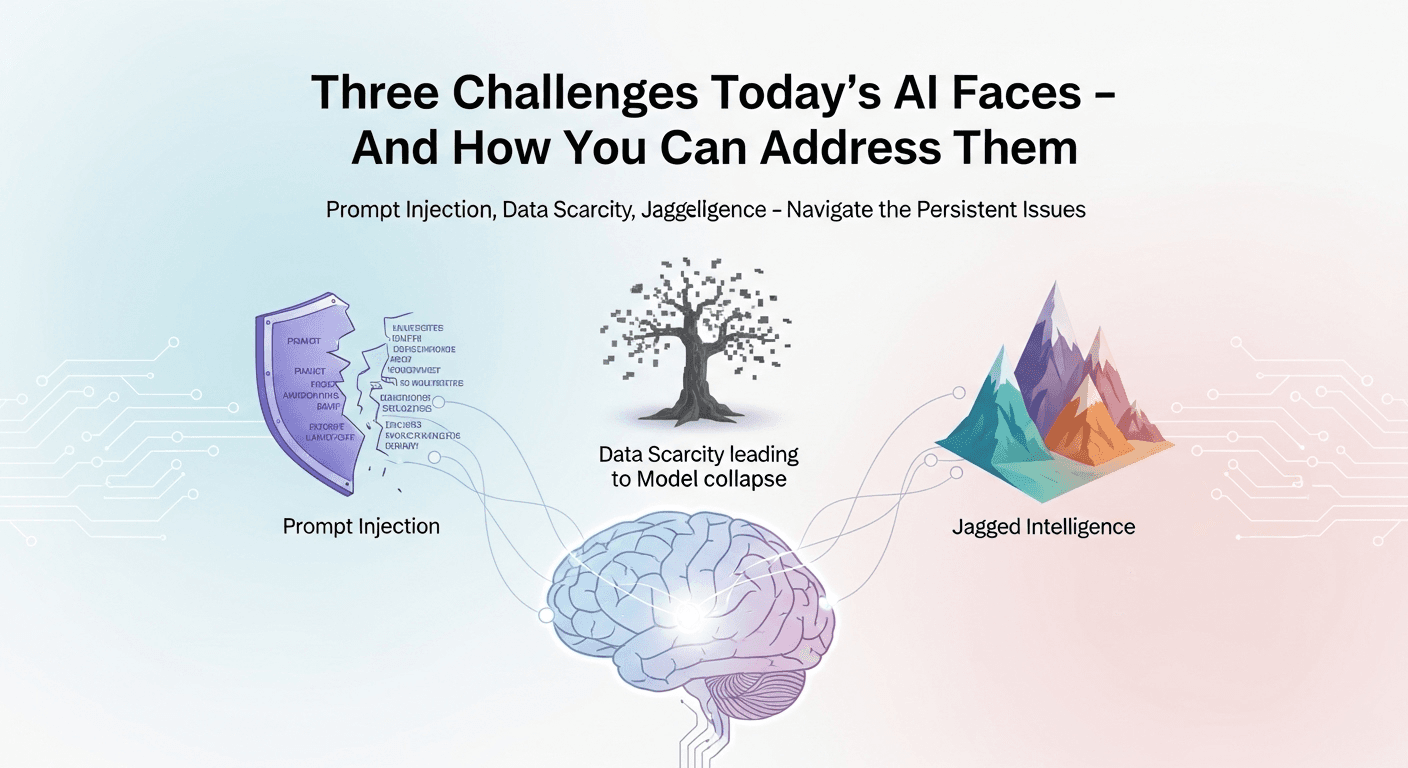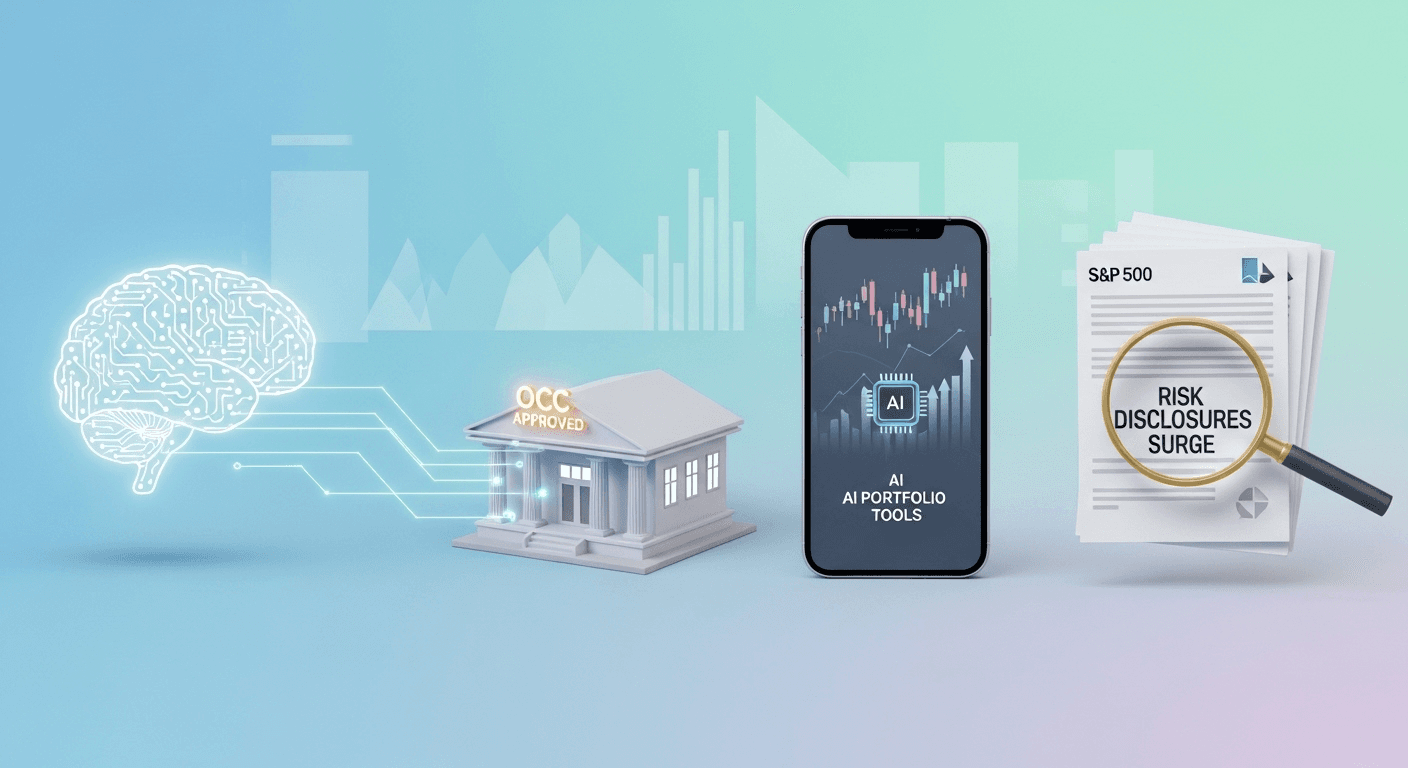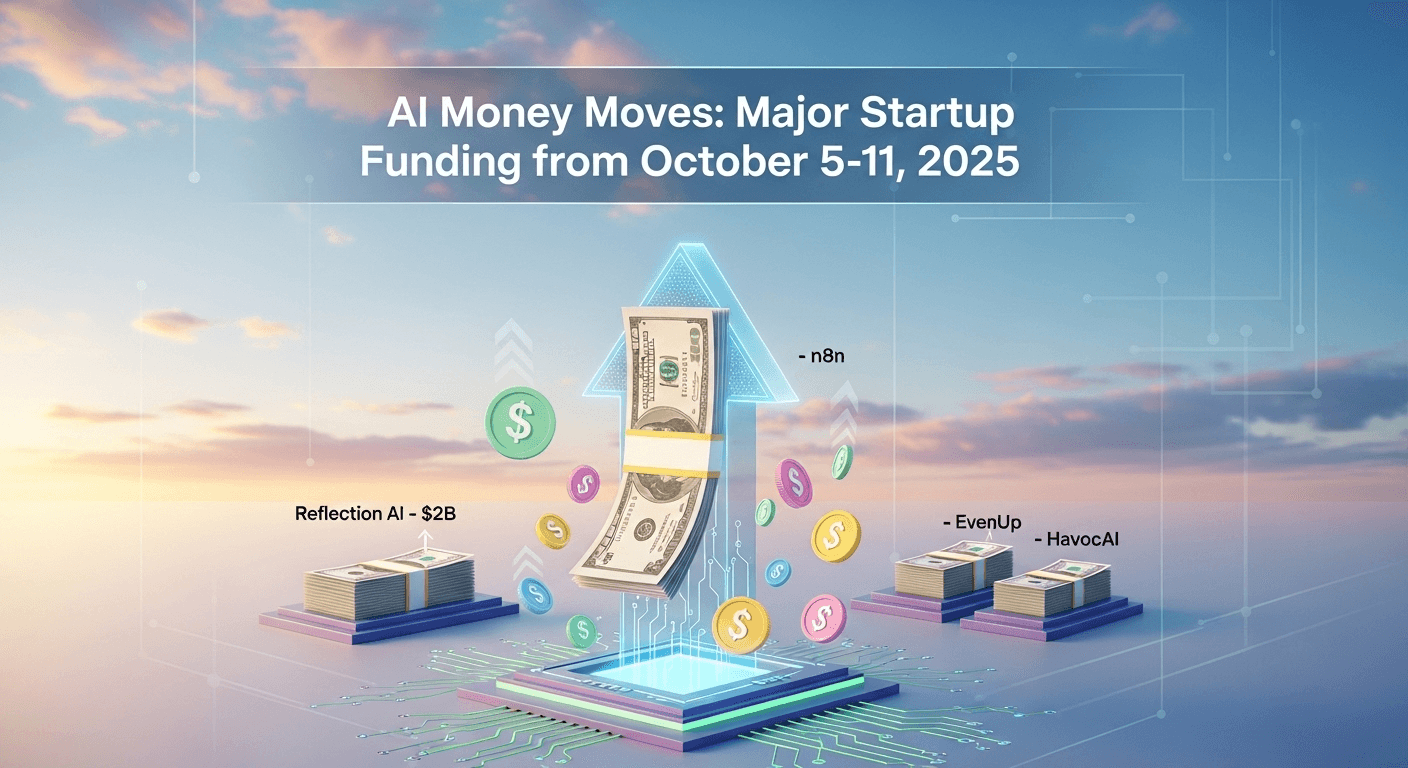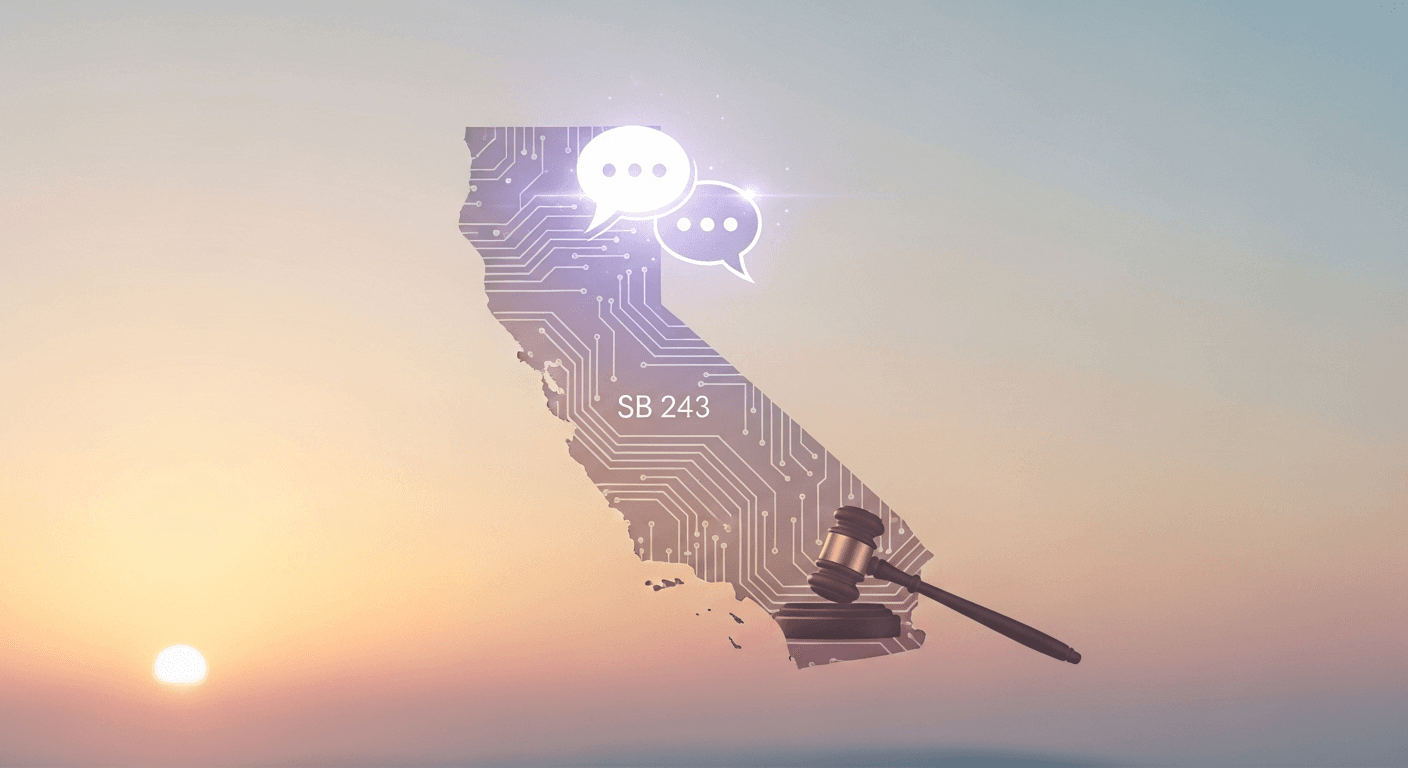Meta Doubles Down on AI Safety by Recruiting Former OpenAI Superalignment Talent

Meta Doubles Down on AI Safety, Recruiting Ex-OpenAI Superalignment Talent
As the competition to build more capable AI systems heats up, so does the urgency to align these systems with human goals. According to reports from The Decoder, Meta has brought on board two more former OpenAI researchers who previously worked on superalignment. This move underscores the company’s commitment to enhance its AI safety efforts. Here’s what this means, why it’s important, and what to keep an eye on next.
Quick Recap: What Is Superalignment and Why Does It Matter?
Superalignment is the challenge of ensuring that highly capable AI systems act safely and in alignment with human values. The term gained traction in 2023 when OpenAI introduced a dedicated Superalignment team with an ambitious four-year goal to align superhuman AI systems (OpenAI). Their work involves scalable oversight, interpretability, safety benchmarks, and red-teaming methods that rigorously test models before they reach users.
In May 2024, various outlets reported that OpenAI dissolved its Superalignment team, following a series of notable departures (The Verge). This shift prompted many alignment researchers to migrate to different organizations within the AI landscape, which companies like Meta and Anthropic are now leveraging.
Meta’s Latest Hires: What We Know
The Decoder has confirmed that Meta has recruited two more leading OpenAI researchers experienced in superalignment (The Decoder). Although the company hasn’t made a formal announcement, these hires align with Meta’s ongoing efforts to enhance its AI safety and responsible AI initiatives, particularly as it scales the Llama model family and its related AI products.
This is part of a larger movement to consolidate safety talent. For example, former OpenAI alignment lead Jan Leike has joined Anthropic to focus on scalable oversight and model evaluations (The Verge), while OpenAI co-founder Ilya Sutskever has launched Safe Superintelligence Inc., dedicated to developing safe, advanced AI systems (SSI). Meta’s latest hires indicate its desire to be a hub for researchers committed to working on safety across an open research environment.
How Superalignment Work Shows Up in Practice
Superalignment is more than just a catchphrase; it translates into tangible methods that teams can implement and refine:
- Scalable oversight: Training models designed to supervise other models, allowing humans to efficiently evaluate complex behaviors.
- Interpretability: Investigating what models understand and why they behave in specific ways, enabling early detection of risks before deployment.
- System-level safety: Implementing guardrails, monitoring, and incident response mechanisms that consider the entire product stack, not just the model itself.
- Red-teaming and evaluations: Conducting structured tests to uncover potential failure modes, such as jailbreaks and hallucinations.
Meta has been active in these areas through initiatives like Purple Llama—a collaborative effort that provides tools and benchmarks for trust and safety in generative AI—and Llama Guard, a set of classifiers aimed at ensuring safer model outputs (Meta AI). The company is also committed to responsible release practices pertaining to the Llama models, including thorough evaluations, proactive mitigations, and clear transparency notes (Meta AI).
Why Meta’s Hiring Push Matters
The influx of experienced superalignment researchers at Meta offers the potential to accelerate several crucial safety priorities:
- Raising the safety baseline for open models: As Meta enhances the Llama family, innovative safety techniques can be integrated into model training, evaluations, and deployment procedures used globally by developers.
- Improved testing for frontier capabilities: Skilled red-teamers and interpretability specialists can identify risks sooner, especially as models gain autonomy.
- Cross-lab knowledge transfer: Researchers from OpenAI’s superalignment experience bring invaluable insights on scalable oversight and monitoring, informing Meta’s internal systems and tools.
- Industry benchmarks and transparency: As more labs adopt shared standards for evaluations and reporting, it becomes easier for policymakers and practitioners to assess model risks.
What This Means for Developers and Organizations
If you’re working with open or foundation models, here’s the bottom line: expect more robust, open safety tools from Meta and its partners. Here are some ways to capitalize on these developments:
- Adopt open safety components: Stay updated on developments in Purple Llama and Llama Guard to enhance your moderation, prompt filtering, and output policies.
- Utilize multi-layered safety: Combine model-level strategies (like fine-tuning and RLAIF) with system-level measures (rate limits, monitoring, human-in-the-loop reviews).
- Run evaluations early: Make it a practice to conduct capability and risk assessments before launching features and perform re-evaluations as models or prompts change.
- Document and review: Maintain decision logs and incident playbooks so teams know how to respond if behaviors start to drift.
The Bigger Picture: A Reshuffling Safety Landscape
In the wake of OpenAI’s superalignment reorganization, the AI safety talent market has become increasingly dynamic. Meta’s new recruits, along with Anthropic’s safety expansions and SSI’s focused mission, are indicative of a field that is rapidly specializing. This is promising for end users, provided it leads to clearer standards, better audits, and more accessible tools.
However, superalignment remains a moving target. As models become more capable, evaluations must adapt, and today’s safety measures may not be sufficient to catch tomorrow’s issues. Thus, independent testing, red-teaming by external experts, and cross-lab collaboration will continue to be vital.
What to Watch Next
- New safety papers and benchmarks: Anticipate Meta to publish results related to interpretability, scalable oversight techniques, or enhanced safety evaluations for Llama-class models.
- Upgrades to Purple Llama and Llama Guard: Expect comprehensive risk taxonomies, multilingual support, and increased jailbreak resistance.
- Shared standards: Watch for a growing alignment on disclosures, evaluation suites, and incident reporting across laboratories to make model comparisons more meaningful.
Conclusion
Meta’s recruitment of former OpenAI superalignment researchers is an unmistakable indication that frontier model safety has become a top priority for Big Tech and open model developers alike. For practitioners, the desired outcome is clear and pragmatic—improved tools, stronger evaluations, and safer defaults that simplify the path to responsible AI. If these hires help hasten that progress, the entire ecosystem will benefit.
FAQs
What does superalignment mean in simple terms?
Superalignment aims to ensure that highly capable AI systems consistently act according to human intent. It encompasses techniques like scalable oversight, interpretability, and thorough evaluations.
Did OpenAI really dissolve its Superalignment team?
Yes. Various sources reported in May 2024 that OpenAI dissolved this team following senior exits and internal changes (The Verge).
Has Meta officially announced these hires?
As of now, Meta hasn’t issued a formal press release. The news of the additional hires comes from The Decoder.
How does this affect developers using Llama models?
You can anticipate ongoing advancements in safety tools like Purple Llama and Llama Guard, along with clearer guidance on evaluations and mitigations for downstream applications (Meta AI).
Where else are former OpenAI safety researchers going?
Many have joined other labs or launched new ventures, such as Jan Leike at Anthropic (The Verge) and Ilya Sutskever’s Safe Superintelligence Inc. (SSI).
Sources
- The Decoder: Meta hires two more leading OpenAI researchers for its superalignment team
- OpenAI: Introducing Superalignment (July 2023)
- The Verge: OpenAI has dissolved its superalignment team (May 2024)
- Meta AI: Purple Llama and open safety tooling
- Meta AI: Llama 3 model announcement and safety notes
- The Verge: Jan Leike joins Anthropic to lead alignment work
- SSI: Announcing Safe Superintelligence Inc.
Thank You for Reading this Blog and See You Soon! 🙏 👋
Let's connect 🚀
Latest Blogs
Read My Latest Blogs about AI

Three Challenges Today’s AI Faces – And How You Can Address Them
Today’s AI encounters three enduring challenges: prompt injection, data scarcity leading to model collapse, and jagged intelligence. Explore their persistence and learn how to navigate these issues effectively.
Read more


